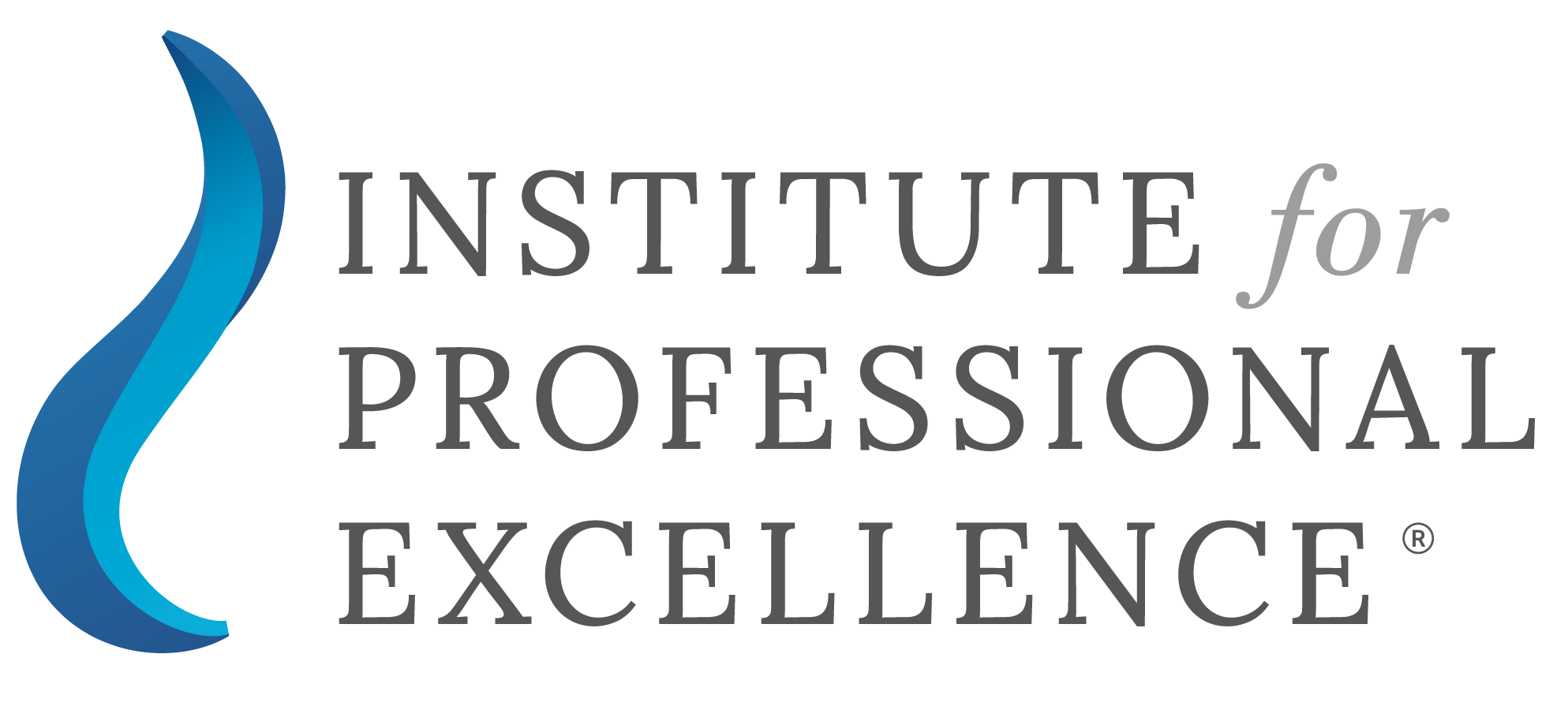The ICARA process of IFR
The Internal Capital Adequacy Risk Assessment (ICARA) process constitutes an essential tool in the fulfilment of the prudential requirements of regulated European Union investment services firms. The effective design and implementation of the ICARA process allow investment firms, such as Cyprus Investment Firms (CIF) to maintain capital and liquidity levels proportionate to the risks encountered.
Throughout this blog post, the team at the Institute aims to outline important information on what is the ICARA process, its main elements and its methodology steps. To this end, a comprehensive online course regarding the ICARA Process: practical examples, stress testing, & IFR capital requirements is available through the IforPE platform.
At the end of this blog post, we will provide you with further information on the knowledge and skills earned by completing the ICARA Process: practical examples and stress testing course and how they can be of use.
What is ICARA?
The Internal Capital Adequacy Risk Assessment process, according to the European Investment Firms Regulation (IFR) and Directive (IFD) represents part of Pillar II prudential requirements. Pillar II mandates the assessment of an investment firm’s capital adequacy as per the nature, scale and complexity of its activities.
ICARA can be further divided into the Internal Capital Adequacy and Assessment Process (ICAAP) and the Internal Liquidity Adequacy Assessment Process (ILAAP).
The are ICAAP and ILAAP?
Through the ICAAP an investment firm identifies and assesses the risks that it is exposed to, to ensure that the level of capital maintained is sufficient to combat these risks. In addition, the ICAAP indicates whether there is a need to employ additional risk management methods and tools to mitigate such risks.
On the other hand, through the ILAAP an investment firm evaluates its exposure to the risks relating to the amount, types and distribution of its liquid assets. Furthermore, it assesses the procedures and systems utilised for measuring and monitoring the level of liquidity risk and liquid assets available.
The ICARA Methodology Steps
The ICARA methodology steps followed can be categorised under the four different phases, presented below:
a. the range of supervisory requirements,
What is the ICARA: practical examples, stress testing & IFR capital requirements course and what does it include?
The Internal Capital Adequacy Risk Assessment Process (ICARA): practical examples and stress testing course has been developed by SALVUS Funds and is delivered by their Risk & Compliance Director, Evdokia Pitsillidou. The course has been designed to equip professionals employed in CIF entities with the necessary information for creating an effective ICARA process, through practical examples of risk assessment and stress testing. Furthermore, the course analyses the regulatory changes introduced by the IFR and IFD framework.
Completing the course will equip you with the knowledge and competencies to identify areas of potential weaknesses within the company policies and procedures and take all the required steps to achieve full compliance. Additionally, it enables the CIF to become prepared for a Supervisory Review and Evaluation Process (SREP) conducted by CySEC (Cyprus Securities and Exchange Commission) at any time.
The syllabus of the ICARA Process: practical examples and stress testing course includes:
- Introductory Provisions: ICARA, ICAAP and ILAAP
- What is the ICARA?
- The three Pillars – Basel II Capital Accord
- Pillar II – ICARA and SREP
- ICARA, ICAAP and ILAAP
- What is the ICAAP?
- What is the ILAAP?
- Implementation of ICARA Principles
- Application Methods & Levels
- Methodology Steps
- ICARA Implementation – Success Factors - ICARA Report - Internal Governance
- Proposed Contents for the ICARA Report
- Executive Summary
- Business Background- Internal Governance
- Three Lines of Defence- Internal Control System
- “4 Eyes” principle, Functions and responsibilities of the BoD, Risk Management, Compliance & AML, Finance, Internal Audit, Internal Governance Assessment - Investment Firms Regulation and Directive (IFR & IFD) on Capital Requirements
- Introduction
- Initial Capital Requirements
- Classification of Investment Firms
- Transition from Credit Risk, Market Risk and Operational Risk into the K-Factors requirements
- Own Funds Requirements
- Reporting Requirements and Deadlines - ICARA Report – Risk Management Framework, Practical examples: Stress Testing & Capital Planning
- Risk Management Framework
- Stress Testing
- Capital Planning
- Next Steps (Action Plan)
The material of the ICARA Process: practical examples and stress testing course is delivered both in PDF slides and online video recordings, specifically designed for self-paced learning. Learners who undertake this course are offered the flexibility to learn wherever and whenever.
At the end of the course, learners are provided with the opportunity to test the acquired knowledge by answering test questions that are based on the covered material.
The completion of this course counts towards the Continuous Professional Development (CPD) annual requirements of professionals, holders of the CySEC Advanced, Basic and AML certifications.
If you have any questions about the ICARA course or any other questions related to your training requirements, please contact us - we would love to help.
Ancora Imparo

The Institute for Professional Excellence (IforPE)
Copyright © 2019-2025
navigate
The Institute for Professional Excellence is protected under a registered European trade mark. The figurative trade mark registration number is 018854840. This trade mark is protected under the European Union's legislation.
